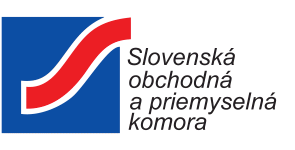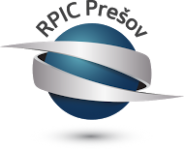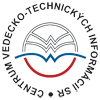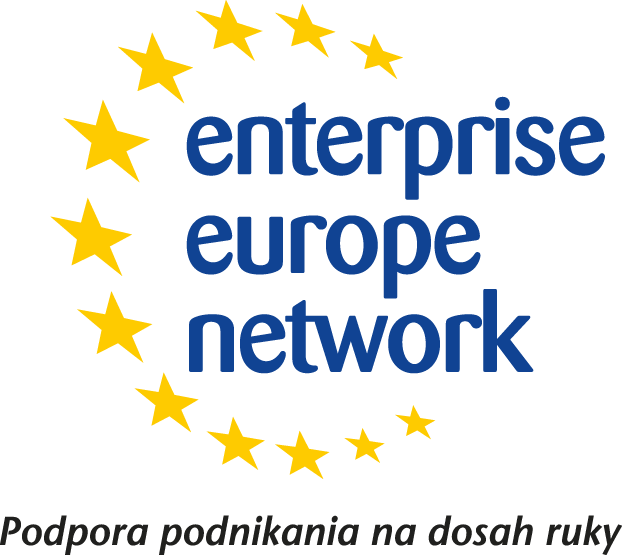Summary:
An innovative method of hermetical joining of ultra-thin metal foil to vacuum flange has been developed by a team of inventors from established Slovak scientific and research institutes. By using this solution, it is possible to achieve reliable and reproducible joining of different parts which differ in their dimensions and material composition.
The institutes are looking for an industrial partner for licensing the mentioned technology
Description:
Currently known methods of hermetical joining of ultra-thin metal foils to vacuum flange are welding, soldering, gluing or pressing together by vacuum rings and fittings.
Each of the mentioned methods of hermetical joining of ultra-thin metal foils to vacuum flange has its disadvantages.
In the case of welding, it is very likely that the result will be deteriorated by defects and cracks along the joint surface.
Epoxides or other types of adhesives are not recommended for ultra-high vacuum (UHV) applications due to a large amount of released gas under UHV conditions, which is not applicable for UHV. Another disadvantage is that epoxides are prone to cracking under thermal stress.
Soft solders are not suitable for UHV conditions, due to the content of elements such as lead, tin, bismuth, zinc, which have a high level of saturated vapour pressure. In the same way, the problem arises during heating of vacuum apparatuses, where temperatures are generally higher than the melting temperatures of solder alloys. Solder flux residues often remain on joints and unfavourably affect the long-term stability of vacuum parts produced using this method.
Joining methods which use vacuum rings and fittings present a high level of risk in terms of (mechanical) damage of the foil and accidental vacuum disturbance.
Disadvantages of currently used methods are solved by the innovative method of hermetical joining of ultra-thin metal foil to vacuum flange developed by a team of inventors from established Slovak scientific and research institutes, which is based on indirect laser welding. Ultra-thin metal foils are welded to the vacuum flange by the laser beam indirectly through the cover ring which is substantially thicker than the ultra-thin metal foil. The cover ring thickness must be sufficient to provide the necessary rigidity and at the same time it must not exceed the penetration depth of the laser beam.
The vacuum flange is made from conventional austenitic steel and ultra-thin metal foils are made from cobalt alloy with a thickness of the order of micrometers.
After applying laser welding to the vacuum flange and the ultra-thin metal foil, the resulting product represents a separate vacuum component. The manipulation with the resulting product is easy and it can be easily dismounted or placed back during maintenance of the equipment or other similar operation. The resulting product has a reliable and reproducible joining of parts that are made from materials that differ not only in dimensions but also in composition.
The preferred type of cooperation is license agreement. The institutes are looking for a licensee - an industrial partner for licensing the technology. More specified in the Partner Sought.
Type (e.g. company, R&D institution…), field of industry and Role of Partner Sought:
Field of a partner:
Components made by joining ultra-thin metal foils with a thickness of the order of micrometers with solid metal bases can be used in the manufacture of fine medical instruments and implants, electronic components with special magnetic properties, elements of pressure detectors, targets in nuclear physics and other related fields. The vacuum component, which connects standard vacuum flange with ultra-thin metal foil, can be also used as a window of a deuterium gas target for emission of neutrons in a particle accelerator
Type of cooperation:
The institute is looking for an industrial partner for licensing the technology.
Role of a partner:
The institute is looking for a licensee. A potential partner will be able to manufacture the goods under the license.
Stage of Development:
Prototype available for demonstration
IPR Status:
Other
External code:
TOSK20200605001








